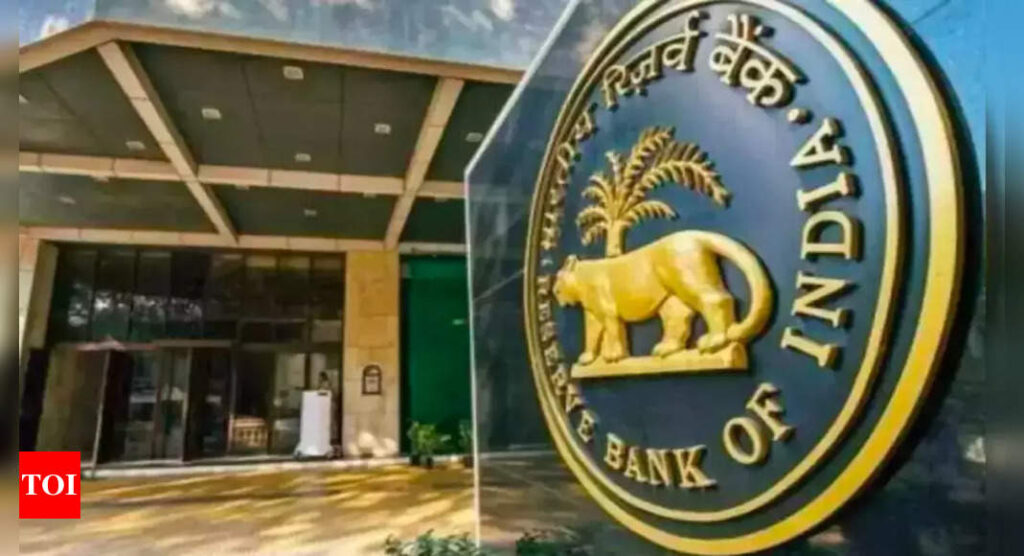[ad_1]
RBI’s rate hike cycle, which started in May 2022, has seen a pause in the last few MPC meetings.Since last year, RBI has hiked the repo rate by 250 basis points, resulting in banks increasing their lending rates, hence impacting the EMIs of loan borrowers. Any further repo rate hikes by the central bank will potentially lead to higher EMIs for loan borrowers.
Crude & US Fed rate move pressures
According to Morgan Stanley, India, as a net oil importer, is seen as a promising option with one of the best long-term prospects globally. However, there are challenges to this positive outlook. Morgan Stanley‘s Chief Asia Economist, Chetan Ahya, has highlighted that if the US raises interest rates while oil prices continue to rise and sustainably cross the $110 per barrel mark, it could strain India’s economic stability and put pressure on its currency.
Despite the ongoing conflict between Israel and Hamas, crude prices have remained relatively stable over the past month. Nevertheless, on Monday, prices rose after Saudi Arabia and Russia announced their commitment to maintain oil supply restrictions of over 1 million barrels per day until the end of the year.
Home, Car Loan RBI new guidelines: Latest RBI rules for EMIs, loan switch, penalty explained
While the US Federal Reserve recently decided to keep interest rates unchanged, it has made it clear that it will not hesitate to raise rates if inflation is above comfort.
As of November 2, India’s average crude oil basket price was $87.09 per barrel, slightly lower than the October average of $90.08. On Monday, Brent crude oil was trading at over $85 per barrel.
Morgan Stanley’s note has emphasized that if oil prices sustainably rise to $110 per barrel, it could strain India’s macroeconomic stability, leading the Reserve Bank of India to resume its rate hike cycle. Despite inflation exceeding the central bank’s median target, it has maintained the interest rates unchanged in the past four meetings. The RBI’s inflation forecasts are based on the premise of a crude oil price at $85 per barrel in the second half of FY24.
Morgan Stanley has warned that oil surpassing the $110 per barrel threshold could have destabilizing effects on India’s economy. This could result in higher domestic fuel prices and secondary inflationary pressures. Additionally, the current account deficit may exceed the comfortable threshold of 2.5% of the gross domestic product.
Morgan Stanley’s base case scenario assumes that oil prices will sustain at $95 per barrel, which would be more manageable for the Indian economy. In this case, the Reserve Bank of India is likely to delay any interest rate cuts.
The World Bank has estimated that global oil prices will average $90 per barrel in the fourth quarter. However, it has cautioned that an escalation in the Middle East conflict could significantly increase prices. The Deputy Chief Economist of the World Bank, Ayhan Kose, stated that higher oil prices would inevitably lead to higher food prices, particularly in developing countries where food price inflation is already elevated.
[ad_2]
Source link











More Stories
India’S Growth Forecast: S&P ups India’s FY’24 growth forecast to 6.4% on robust domestic momentum
India to remain fastest-growing major economy, but demand uneven: Poll
Jack Ma: Jack Ma gets back into business with ‘Ma’s Kitchen Food’